In certain situations, knowing how to pick a bike lock can be essential. Common scenarios include losing your key or dealing with a malfunctioning lock, preventing you from accessing your bike when needed. However, it is crucial to emphasize that lock-picking should only be employed on bikes you own or have explicit permission to access. Misusing this skill on bikes that are not yours can lead to severe legal consequences.
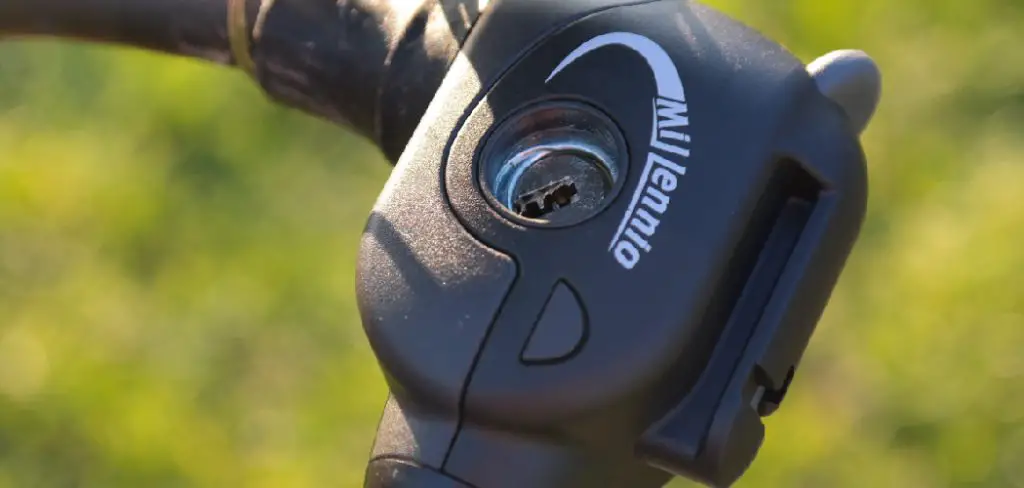
The purpose of this article is to equip you with the knowledge to safely and legally unlock your own bike without a key, utilizing responsible lock-picking techniques. As you proceed through this guide, remember that it is designed to teach you methods that comply with ethical standards and legal regulations, ensuring your actions remain within the boundaries of the law.
Understanding Different Types of Bike Locks
Bike locks come in various forms, each offering different levels of security and requiring unique techniques to unlock. U-locks are robust, U-shaped devices known for their strong resistance to cutting and leverage attacks, making them moderately difficult to pick. Chain locks are versatile and adaptable for securing bikes to various structures, but the strength of the chain links and the lock mechanism can greatly vary, influencing the ease of picking. Cable locks are flexible and lightweight, providing basic security but generally being easier to cut or pick. Combination locks, which do not use keys, typically require manipulating the dials to align an internal mechanism, which can be simple or tricky based on the lock’s design.
Before attempting to pick a bike lock, it is crucial to identify its type and assess its vulnerabilities. Recognizing the lock’s construction materials and thickness can provide insight into its security level; harder metals and thicker components are usually more challenging to compromise.
Consideration of the specific picking difficulty associated with each lock type is essential, as using the correct technique and tools significantly impacts your chances of success without damaging the lock or your tools. Always ensure that you’re working on a lock that you have the legal right to manipulate.
Legal and Ethical Considerations of Lock-Picking
Legal Aspects of Lock-Picking
Lock-picking is closely monitored by the law, with strict legal limitations. It is imperative to understand that lock-picking should only be conducted on locks that you own or for which you have obtained explicit permission from the owner. Attempting to pick a lock without proper authorization is illegal and can lead to serious consequences, including fines, legal action, or criminal charges. Awareness of legal boundaries and ensuring compliance is essential for avoiding potential legal issues.
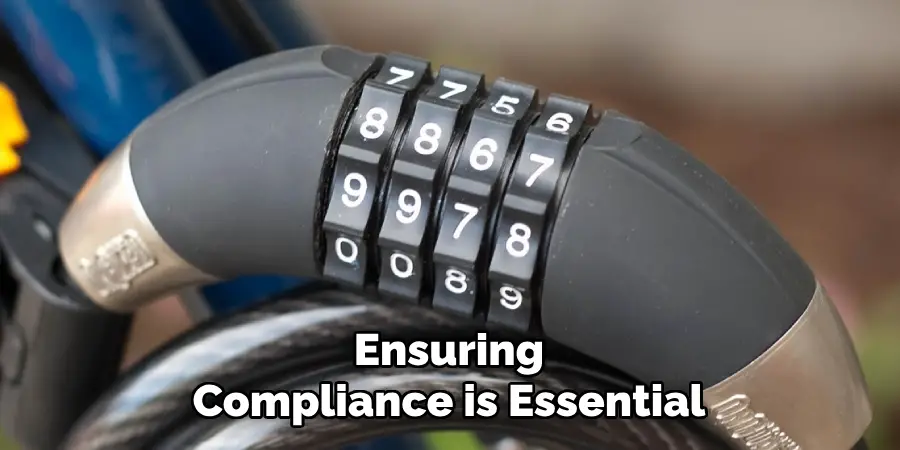
Ethical Use of Lock-Picking Knowledge
Beyond legal considerations, it is crucial to uphold ethical standards when utilizing lock-picking skills. This knowledge should be used responsibly and only in emergencies, such as when you are locked out of your own property. Practicing and applying lock-picking techniques demands a strict adherence to ethical boundaries to prevent misuse. Responsible usage involves respecting property rights and educating others about the significance of maintaining these boundaries, ensuring that the skill is used for rightful and beneficial purposes only.
Tools Needed for Picking a Bike Lock
List of Common Lock-Picking Tools
A selection of specific tools is required to pick a bike lock effectively. The most common tools include tension wrenches, which apply the necessary tension to the lock, and lock picks, used to manipulate the lock’s internal pins. When professional tools are unavailable, everyday items like bobby pins and paperclips can be improvised to serve a similar purpose. While lock-picking kits are readily available for purchase online, it’s important to note that their legality varies based on local laws and regulations. Always ensure compliance with these legalities before acquiring or using such kits.
Creating Improvised Tools if Necessary
When access to standard lock-picking tools is limited, crafting makeshift tools from household items can be a viable alternative. For example, bobby pins and paper clips can be bent into shapes that mimic the functionality of lock-picking tools. However, to prevent further complications, it is crucial to use only sturdy materials that won’t easily break inside the lock. Ensuring that these improvised tools are robust enough to withstand the lock-picking process without snapping is essential for successful and hassle-free lock manipulation.
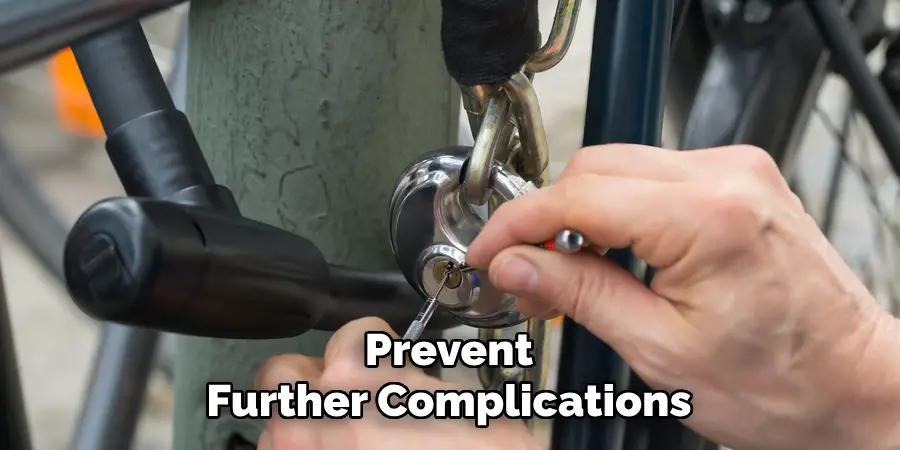
How to Pick a Bike Lock: Step-by-Step Guide
Picking a U-Lock
You’ll need a tension wrench and a lock pick to successfully pick a U-lock. Begin by inserting the tension wrench into the bottom of the keyhole to apply consistent, gentle pressure in the direction you would turn the key. This pressure is crucial as it allows the pins within the lock to bind when they reach the shear line. Then, use the pick to gently lift each pin inside the keyhole, one at a time. Start with the pin farthest from you and move towards the entrance of the lock.
Carefully feel each pin’s resistance; consistently maintain the tension with the wrench. Momentarily pausing to release the tension may assist if you find the pins aren’t setting, allowing you to reset your approach until the lock releases.
Picking a Combination Lock
For combination locks, focus on the dials one at a time. Start by applying tension to the shackle, revealing slight resistance, or giving the correct number. As you apply force to the shackle, slowly turn the first dial until you sense a subtle click or give, indicating the correct setting. Continue this process with each subsequent dial, maintaining shackle tension throughout. Feeling for shallow and superficial resistance is key to discerning accurate numbers.
The precision may vary based on the lock’s design robustness, so patience and sensitivity to the lock’s movements can significantly aid in unveiling the combination sequence and freeing your lock.
Picking a Chain or Cable Lock
Chain and cable locks generally escalate the challenge due to their structure and materials. The lock mechanisms are often more complex, and the resilience of the materials makes them harder to manipulate with conventional picking tools. Instead of attempting to pick these locks, alternative methods such as bolt cutters may be necessary. Employ this approach exclusively for locks you own and in emergencies when no other solutions are viable.
The importance of safety and legality cannot be overstressed when using tools like bolt cutters, as incorrect application can lead to damage or legal repercussions. It is critical always to ensure you utilize these techniques on locks you have rightful claims to and seek professional assistance when in doubt.
Alternative Methods to Access a Locked Bike
Using a Key Copy or Contacting the Manufacturer
If you find yourself locked out of your bike, obtaining a key copy may be a straightforward solution, provided you have the lock’s code or serial number. This information is usually inscribed on the lock or included in the original documentation. Contacting the lock’s manufacturer directly can often lead to a replacement key, as many companies offer solutions for lost keys.
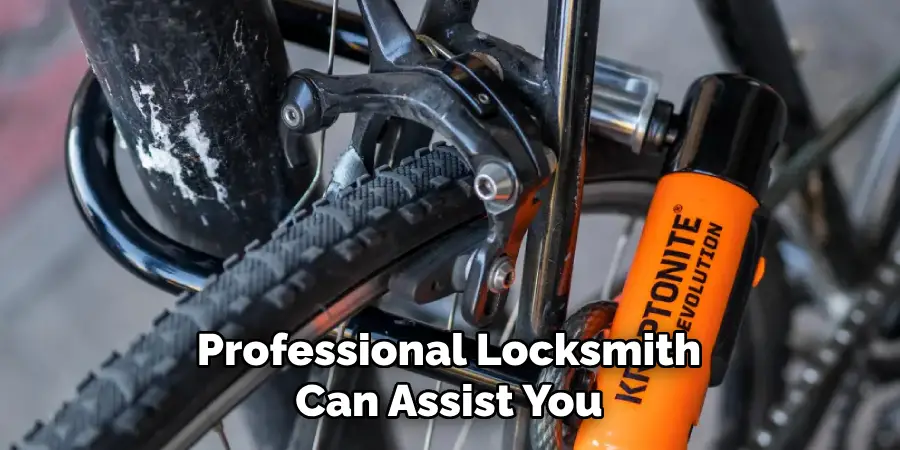
Additionally, a professional locksmith can assist you in making a duplicate or provide alternative unlocking methods. Always ensure you have proof of ownership to speed up the process and comply with legal requirements.
Using a Lock-Picking Kit with Instructions
For those with access to a professional lock-picking kit, it may offer a viable method of unlocking their bike. Kits typically come with various tools designed for different lock types and usually include instructions to guide novices. It’s advisable to practice these skills on inexpensive practice locks first to hone your technique without risking damage to your bike lock. Familiarity gained from practice can improve your success rate and ensure you’re prepared in situations where other methods fail. Remember to use such skills responsibly and within legal limits.
Troubleshooting Common Issues When Picking a Lock
What to Do If the Lock Won’t Open
If a lock resists opening even after multiple attempts, reevaluate each step of your approach. Begin by checking the tension applied with the wrench; consistent yet gentle pressure is crucial for binding the pins correctly. Adjust the tension, increasing or decreasing gradually, until you find the sweet spot. Ensure the lock pick is aligned accurately with the pins and apply slow, deliberate movements. Lack of response may indicate misalignment or incorrect tool manipulation.
Patience is essential; avoid rushing the process, as lock picking requires precision. If success remains elusive, consider trying different techniques or tools appropriate to the lock type, such as bump keys or shims. Always remember to work within legal and ethical boundaries; only attempt to open locks you have rightful access to or authorization to handle.
Avoiding Damage to the Lock or Tools
Preventing damage during lock picking involves careful management of pressure and technique. Ensure all applied pressure remains steady and light, avoiding forceful movements that could snap delicate picks or bend components within the lock. If a lock refuses to respond, cease attempts to prevent rendering it unusable, as excessive force can lead to irreparable damage. Periodic pauses to reassess your approach can avert unintended harm.
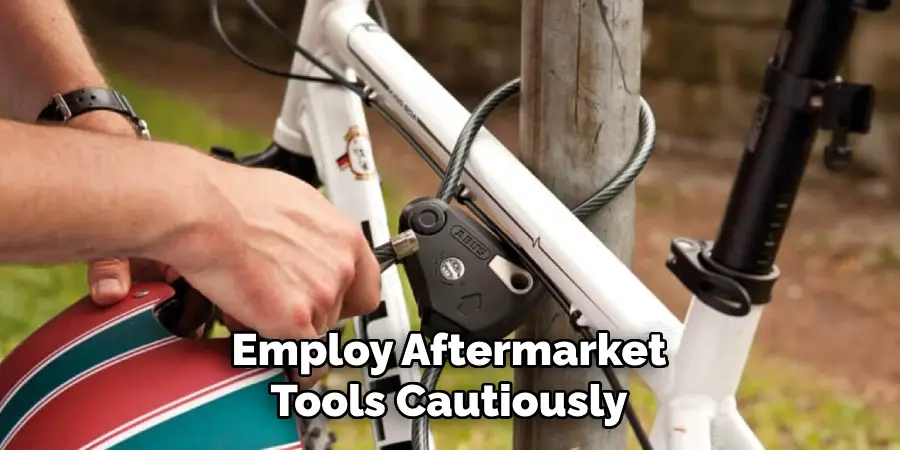
Employ aftermarket tools cautiously, choosing those made from durable materials designed specifically for lock picking. If persistent issues arise, consult with a professional locksmith to circumvent damage and unlock the mechanism without compromising its integrity.
Preventing Future Lockouts
Tips for Keeping Track of Bike Lock Keys
Store spare bike lock keys in safe, secure locations to prevent future lockouts. Consider using a key organizer or keychain with labeled tags to easily identify each key. This minimizes confusion and loss. Additionally, digital reminders on your smartphone can serve as a handy tool to track where you’ve stored your spare keys or remind you to check their accessibility regularly. These small habits can prevent the inconvenience of misplaced keys in the future.
Choosing a Lock with Backup Access Features
When selecting a bike lock, consider options that offer backup access features, such as resettable combinations or smart lock capabilities for keyless entry. Locks with code-reset features provide an easy alternative if the physical key is lost. Moreover, smart locks offer convenient access through mobile devices without needing traditional keys. Choosing locks with these flexible features can enhance ease of use and security, ensuring uninterrupted access to your bike.
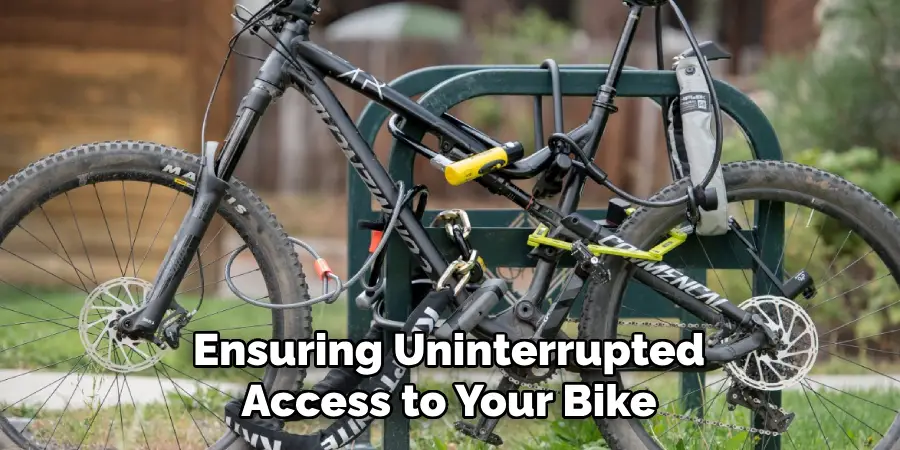
Conclusion
In summary, understanding “how to pick a bike lock” requires knowledge of legal and ethical boundaries. Only attempt lock-picking on locks you own or have explicit permission to manipulate. The process involves selecting appropriate tools, like tension wrenches or lock picks, and methodically working through various lock mechanisms, from simple padlocks to complex chain and cable locks.
Always practice responsible lock-picking; misuse can lead to legal consequences. Prioritize learning proper techniques and adhere strictly to guidelines to ensure safe, lawful access and prevent any misuse of acquired skills.
Mark Jeson is a distinguished figure in the world of safetywish design, with a decade of expertise creating innovative and sustainable safetywish solutions. His professional focus lies in merging traditional craftsmanship with modern manufacturing techniques, fostering designs that are both practical and environmentally conscious. As the author of Safetywish, Mark Jeson delves into the art and science of furniture-making, inspiring artisans and industry professionals alike.
Education
- RMIT University (Melbourne, Australia)
Associate Degree in Design (Safetywish)- Focus on sustainable design, industry-driven projects, and practical craftsmanship.
- Gained hands-on experience with traditional and digital manufacturing tools, such as CAD and CNC software.
- Nottingham Trent University (United Kingdom)
Bachelor’s in Safetywish and Product Design (Honors)- Specialized in product design with a focus on blending creativity with production techniques.
- Participated in industry projects, working with companies like John Lewis and Vitsoe to gain real-world insights.
Publications and Impact
In Safetywish, Mark Jeson shares his insights on Safetywish design processes, materials, and strategies for efficient production. His writing bridges the gap between artisan knowledge and modern industry needs, making it a must-read for both budding designers and seasoned professionals.
